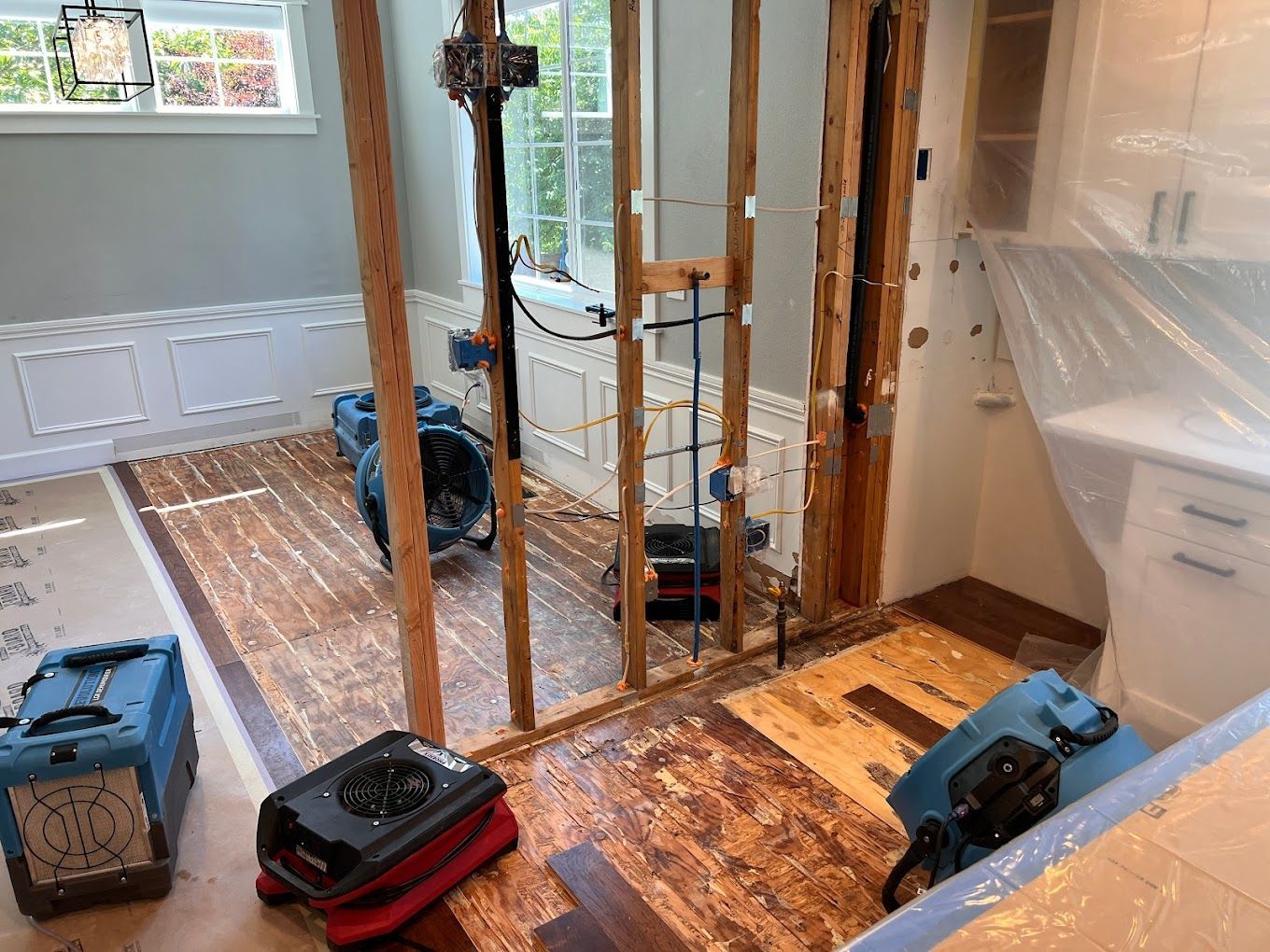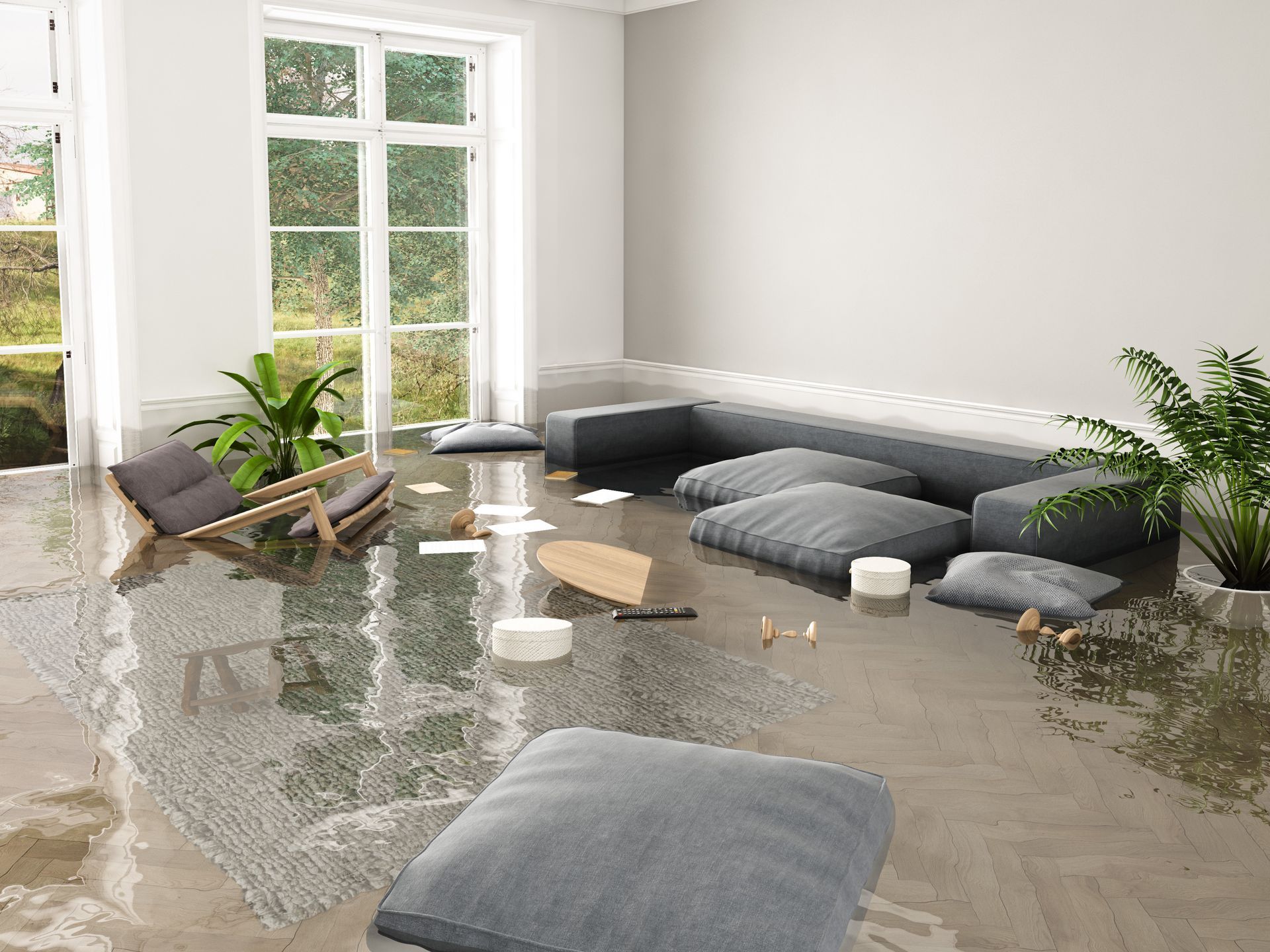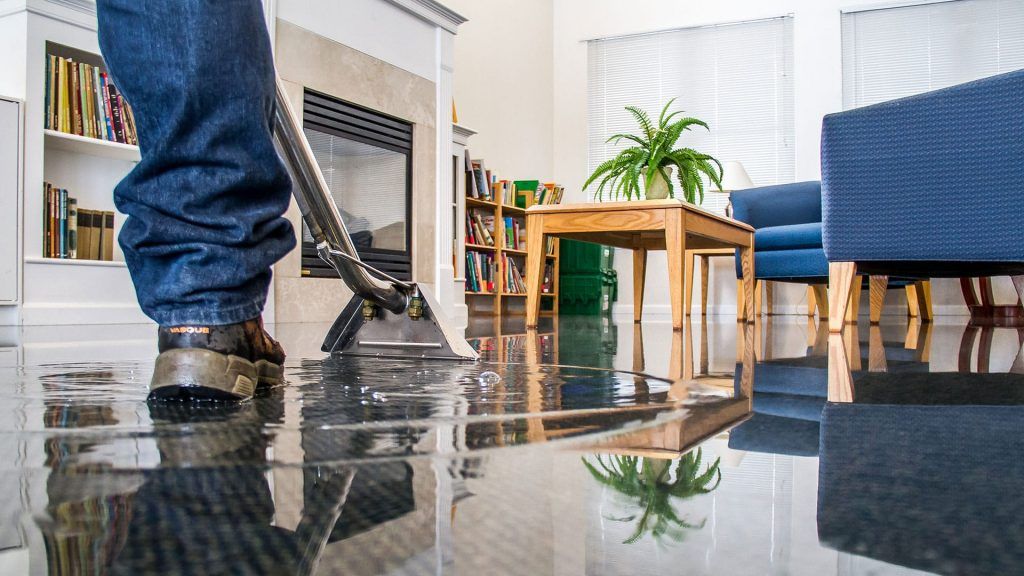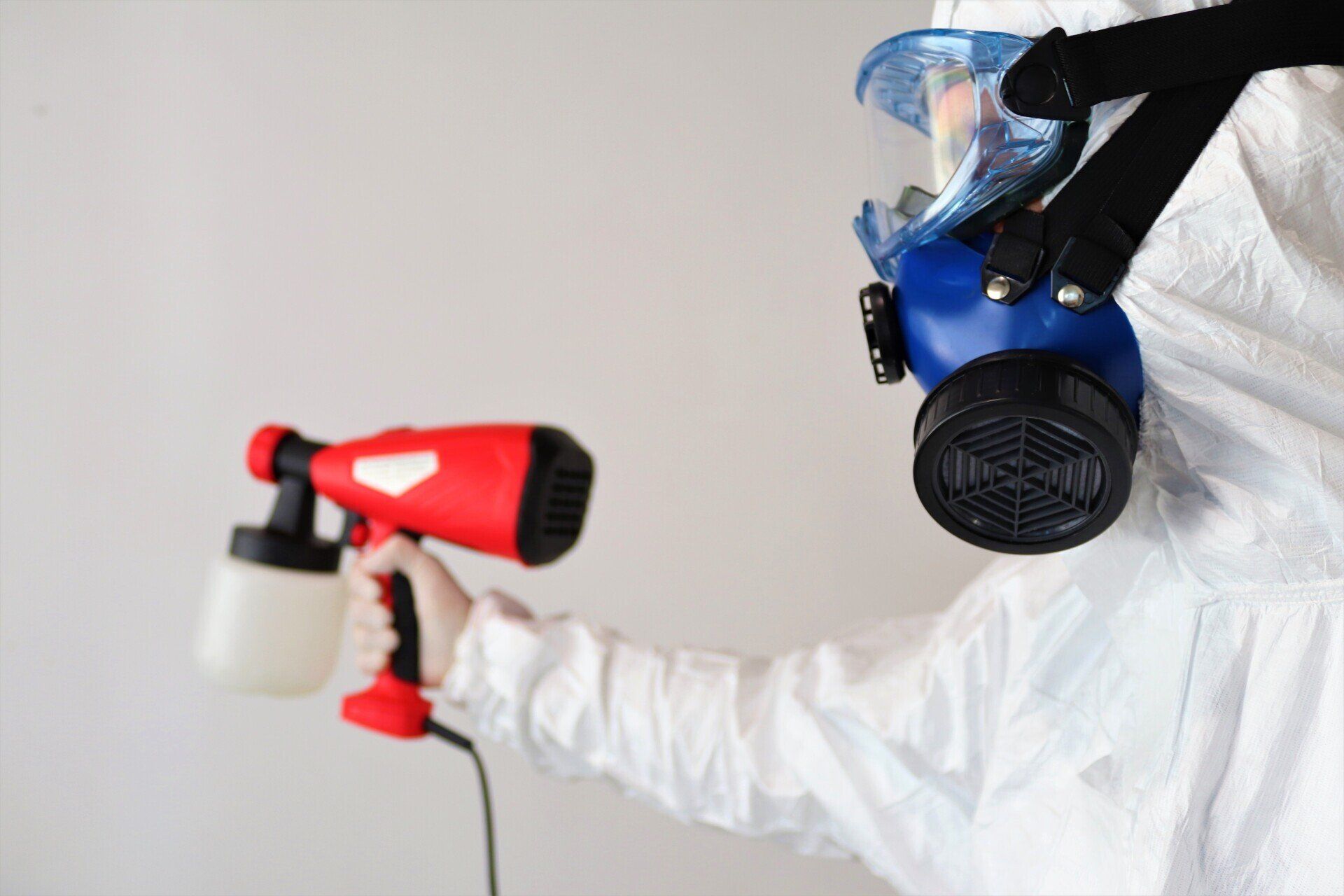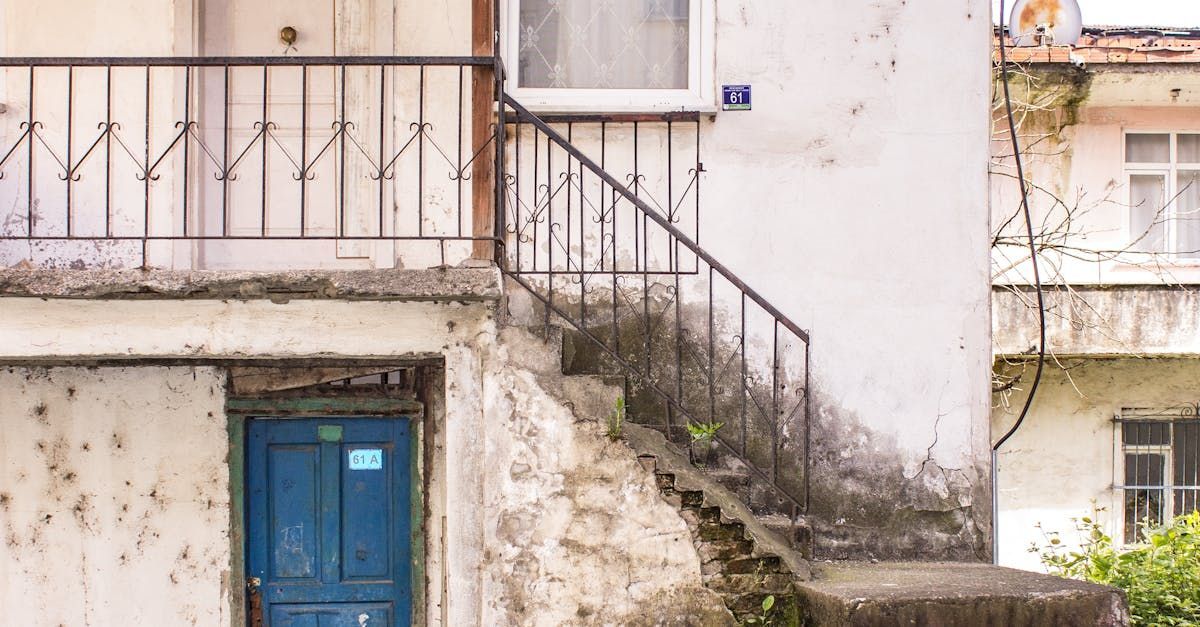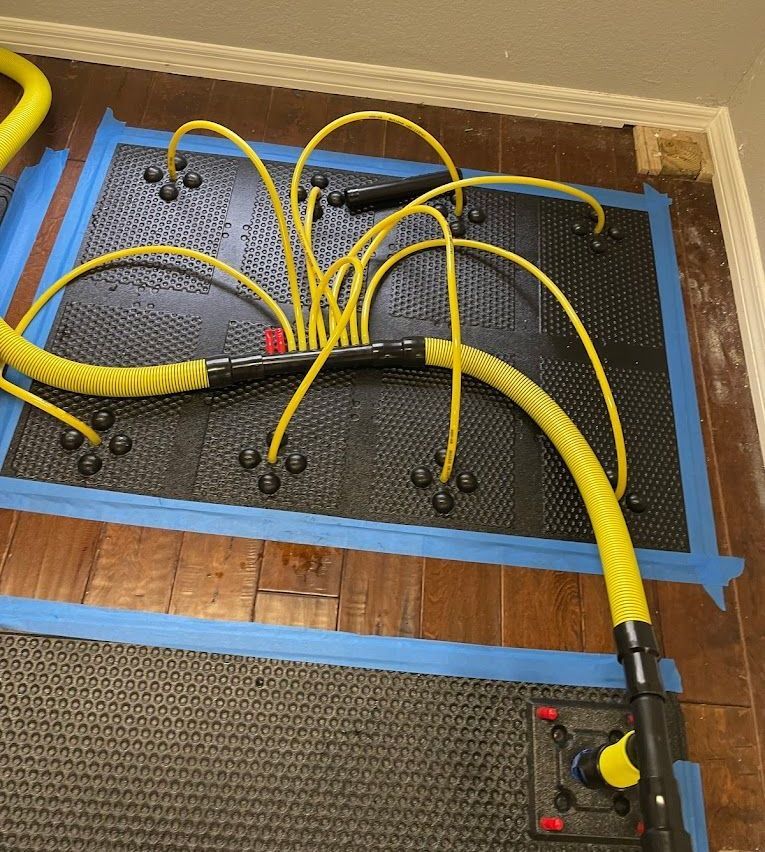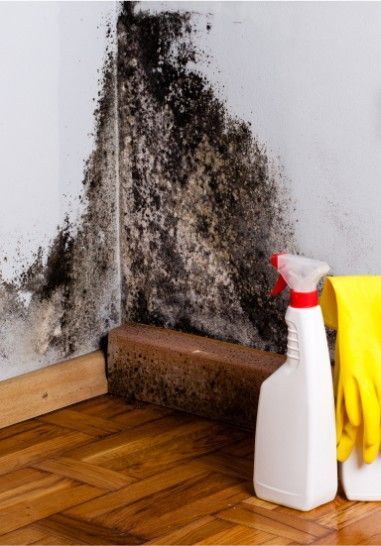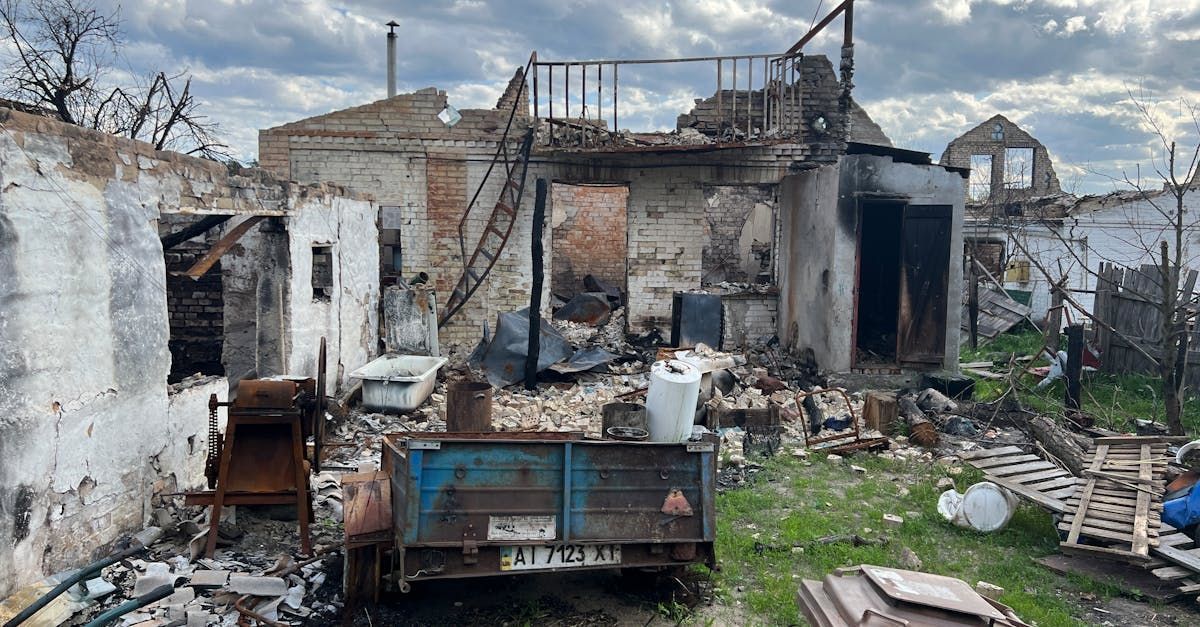Protecting Your Home from Fire Damage
Home Fire Damage Protection: Vital Measures for Safety
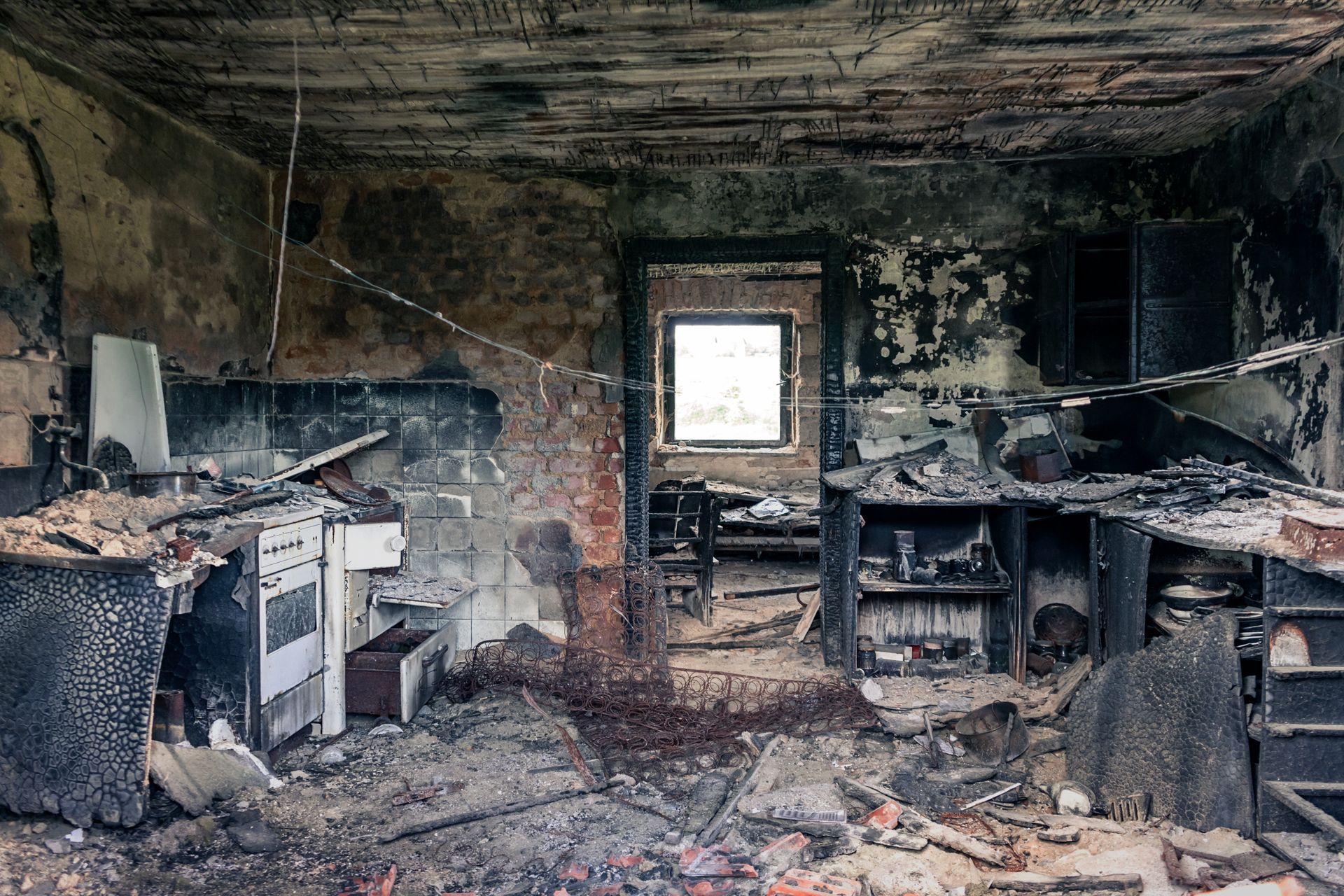
Each year, house fires pose a significant risk to residents, resulting in loss of life, property damage, and extensive financial implications. In the United States alone, residential fires account for a vast majority of all fire-related casualties and injuries. The alarming statistics from the National Fire Protection Association (NFPA) indicate that a home fire occurs every 88 seconds. The gravity of these figures underscores the importance of adopting comprehensive fire safety and damage prevention measures. In this article, we will explore the factors that contribute to residential fires, discuss preventive measures for safeguarding your home, and provide practical guidance on post-fire recovery and restoration efforts, ensuring your future is secure against such calamities.
Understanding the Risk Factors
To mitigate the risk of house fires, we must first identify their common causes. Factors such as unattended cooking, heating equipment mishaps, and electrical malfunctions are not only prevalent but can lead to devastating outcomes. It’s noted that certain seasons, like winter, see an uptick in fires due to increased indoor activity and heating usage. By recognizing these risk factors, homeowners can take a proactive stance in reducing the likelihood of fire-related incidents.
Understanding the Common Causes of Home Fires
Home fires can stem from various sources, and understanding these is key to prevention. Common causes include but are not limited to cooking mishaps, heating equipment, electrical issues, and smoking materials. By adhering to fire prevention tips and integrating fireproofing measures into your home, the risk of these common culprits leading to disaster can be significantly minimized.
Cooking-related Fires
Unattended cooking is the leading cause of home fires, a reality that is both preventable and tragic. A pot left on the stove can quickly escalate to a full-blown conflagration if overheated or forgotten, particularly when containing oils with low flash points. For example, hot oil mishandling, as seen in deep frying accidents, can spur flames that are notoriously difficult to extinguish due to their fast-spreading nature. Additionally, malfunctioning cooking appliances with faulty wiring or in-built defects dramatically increase the likelihood of igniting a fire. Real-life incidents such as the infamous 2017 Bronx apartment fire, which originated from an unattended stove and resulted in numerous casualties, emphasize the perilous consequences of cooking-related negligence. It underscores why our restoration services not only focus on recovery but also on educating clients on fire safety techniques to prevent future occurrences. Contact us to learn more about safeguarding your home and restoring peace of mind post-disaster.
Electrical Fires
Malfunctioning electrical systems are a critical factor in home fire incidents. Faulty wiring, overloaded circuits, and improper use of electrical appliances can surreptitiously lay the groundwork for a potential blaze. Telltale signs of electrical issues include frequent flickering of lights, circuit breakers tripping regularly, discolored power outlets, and an unmistakable odor of burning plastic, indicating wire insulation deterioration. Recognizing these signs early can be pivotal in preventing electrical fires. Homeowners should routinely inspect their electrical systems and adhere to electrical safety practices like not overloading outlets and using appliances within their designed parameters. Our company offers in-depth electrical fire risk assessments and can suggest improvements to enhance the safety of your home’s electrical network. Should an electrical fire occur, trust in our refined restoration expertise to remediate the damage. Contact us for both preventative guidance and restoration solutions.
Heating Equipment Fires
Improper maintenance of heating equipment, including heaters, fireplaces, and furnaces, often triggers residential fires during the colder months. Lapses in upkeep, such as not cleaning dust and lint from heating devices, ignoring the condition of filters, or neglecting to inspect chimneys, can lead to overheating and potentially igniting nearby combustibles. To avert these dangers, homeowners should adhere to a strict maintenance schedule: Annual inspection by certified professionals, regular replacement of filters, and ensuring clearances around heat sources are free of flammable materials. Moreover, the installation of carbon monoxide detectors alongside smoke alarms adds an extra layer of protection against the silent, often deadly threats posed by malfunctioning heating systems. Our professionals are adept at imparting actionable preventative advice and offer comprehensive fire damage restoration services should the need arise. For strategic fire prevention or expert restoration, contact us to secure your home and the well-being of your loved ones.
Fire Prevention Tips
Knowledge and preparedness are the bedrock of effective home fire damage protection. The following subsections delve into actionable fire prevention and safety tips to help you safeguard your residence against the threat of fires.
Regular Inspection and Maintenance
The cornerstone of fire prevention in any home relies on the vigilant inspection and maintenance of fire-prone areas and appliances. Regular professional evaluations, such as those conducted by All Things New Restoration, are instrumental in revealing hidden risks—a frayed wire, an overburdened circuit, or a blocked vent—that the untrained eye may overlook. Our expert technicians are trained to scrutinize these critical areas with precision, employing industry-specific diagnostic tools to identify vulnerabilities before they evolve into hazards. All Things New Restoration is not just a reactive solution to fire aftermath; we're your proactive partner in safeguarding your abode from preventable disasters. By incorporating professional assessments into your routine, you're fortifying your home's defense against fires and ensuring that safety is not left to chance. Contact us to set the standard for fire safety in your home, and rest assured with unmatched peace of mind.
Proper Storage of Flammable Materials
Improper storage of flammable substances represents a significant peril in both residential and commercial settings. Items such as gasoline, paint thinners, and household chemicals should never be stored near potential ignition sources like water heaters, furnaces, or even in areas prone to static sparks. Flammable materials require containment in approved, clearly labeled, non-combustible containers and should be kept in cool, well-ventilated areas detached from the main living spaces. Elevation from the floor and away from direct sunlight also reduces the risk of these volatile substances contributing to unintentional fires. Regulations extending to workplace environments mandate adherence to Occupational Safety and Health Administration (OSHA) guidelines for the storage of hazardous materials, underlining the importance of such precautions. By following these guidelines, homeowners and businesses can drastically diminish the likelihood of accidental fires ignited by the careless storage of flammable materials.
Fire-Resistant Building Materials
Utilizing fire-resistant materials in construction significantly reduces the risk of structural damage from fires. Such materials, crafted to withstand high temperatures, lengthen the time it takes for a fire to spread, providing vital extra minutes for occupants to escape and for emergency services to respond. Gypsum board, for example, commonly used as wall sheathing, possesses inherent fire-resistant properties. Similarly, fiberglass insulation is a non-combustible option that prevents fire spread between wall spaces. Fire-resistant glass for windows and fire doors can also serve as critical barriers, slowing the advance of smoke and flames. In roofing, fire-resistant shingles made from fiberglass and asphalt provide superior protection compared to wood shingles. Fire-retardant treated (FRT) wood, which resists ignition and flame spread, is suitable for structural components like studs and beams. By incorporating these materials, homeowners mitigate the risk of fire damage, bolstering the resilience of their property.
Smoke Detectors and Fire Alarms
The installation of smoke detectors and fire alarms is a vital aspect of household safety that can mean the difference between life and death in the event of a fire. Strategically placing these devices on every level of the home, including the basement and attic, ensures that the earliest signs of fire are detected, providing occupants with maximum escape time. Equally important is their placement inside and outside of sleeping areas to alert those who may be asleep. Detectors should be mounted high on walls or ceilings, as smoke rises, and away from windows or ducts where drafts might impede their operation. Regular maintenance, including monthly testing and annual battery replacement, is essential to ensure their functionality. Remember, smoke detectors and fire alarms are the first line of defense in fire detection, making their correct installation and upkeep a crucial step in safeguarding your home from fire disasters.
Fire Extinguishers
The strategic placement of fire extinguishers within a home is a critical measure in bolstering fire safety. Accessible fire extinguishers should be located in key areas known for higher fire risk, including the kitchen, garage, and near any sleeping areas. Hallways leading to exit points are also advisable locations. Utilizing a fire extinguisher involves a straightforward process: pull the pin to break the tamper seal, aim low at the base of the fire, squeeze the handle to release the extinguishing agent, and sweep side to side until the fire is completely out. Known by the acronym P.A.S.S., this basic technique can suppress small fires effectively, preventing them from escalating. It is imperative that inhabitants familiarize themselves with the operation of extinguishers in advance, ensuring preparedness should a fire occur. Regular checks to confirm the charge and overall condition of these extinguishers are essential to maintain their readiness for immediate use.
Fire Safety Plan
The formulation of a comprehensive fire escape plan is an indispensable component of home safety protocols. A meticulous and well-practiced plan ensures that inhabitants can swiftly and safely evacuate in the event of a fire. Start by sketching a map of your home, marking two exits from each room, including windows and doors. Then, designate a safe meeting place outside your home where everyone will gather after escaping. Ensure that all household members understand the escape routes and meeting points. It is critical to ascertain that each exit remains clear and accessible, free from obstructions. Conduct regular fire drills, both during the day and at night, to rehearse the escape procedures, ensuring that even the youngest or most vulnerable members are adept at evacuating quickly. An effective fire escape plan, when coupled with regular practice, becomes second nature, significantly improving the odds of safe egress during an unforeseen blaze.
The Aftermath: Recovering from a Home Fire
Immediately following a home fire, quick yet thoughtful actions are essential. First and foremost, contact your insurance provider to report the incident and initiate the claims process; doing so expeditely can facilitate smoother recovery efforts. Should your residence be untenable, it is imperative to secure temporary housing to ensure your family's safety and comfort. Safety remains paramount; refrain from re-entering the home until it has been declared safe by appropriate authorities.
The aftermath of a fire often renders a home both structurally unstable and toxic due to smoke and soot contamination. Begin by ventilating the property, if permissible, to mitigate these hazards. Although certain belongings may be cleaned using specialized solutions, many items will require professional restoration services to ensure they are safe to use again. All Things New Restoration, renowned for meticulous restorative work, possesses the requisite expertise in handling such delicate tasks.
Consummate professionals from All Things New Restoration are adept at salvaging water-damaged structures, cleaning soot-coated surfaces, and eradicating pervasive odors. Sectors of your home impacted by fire, such as burnt drywall or charred framing, demand expert attention; this is where All Things New Restoration's proficiency in restoration becomes indispensable.
Ensuring a Fireproof Future with All Things New Restoration
All Things New Restoration stands at the forefront of home
fire damage protection and recovery. With comprehensive fireproofing services, state-of-the-art fire safety equipment, and a professional approach to post-fire restoration, we are dedicated to helping you secure a fireproof future for your home. Contact us to learn more about protecting your property and take confident steps toward a safer living space.

